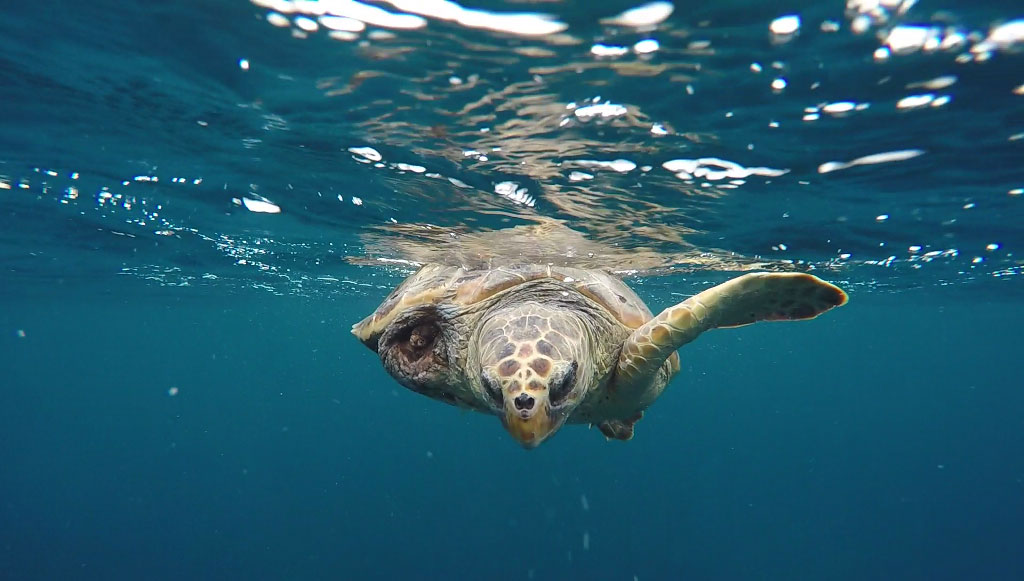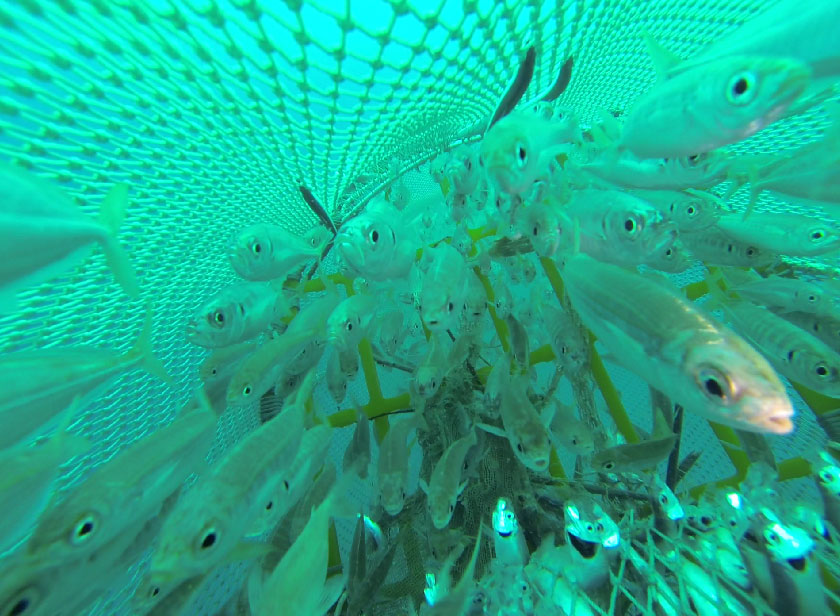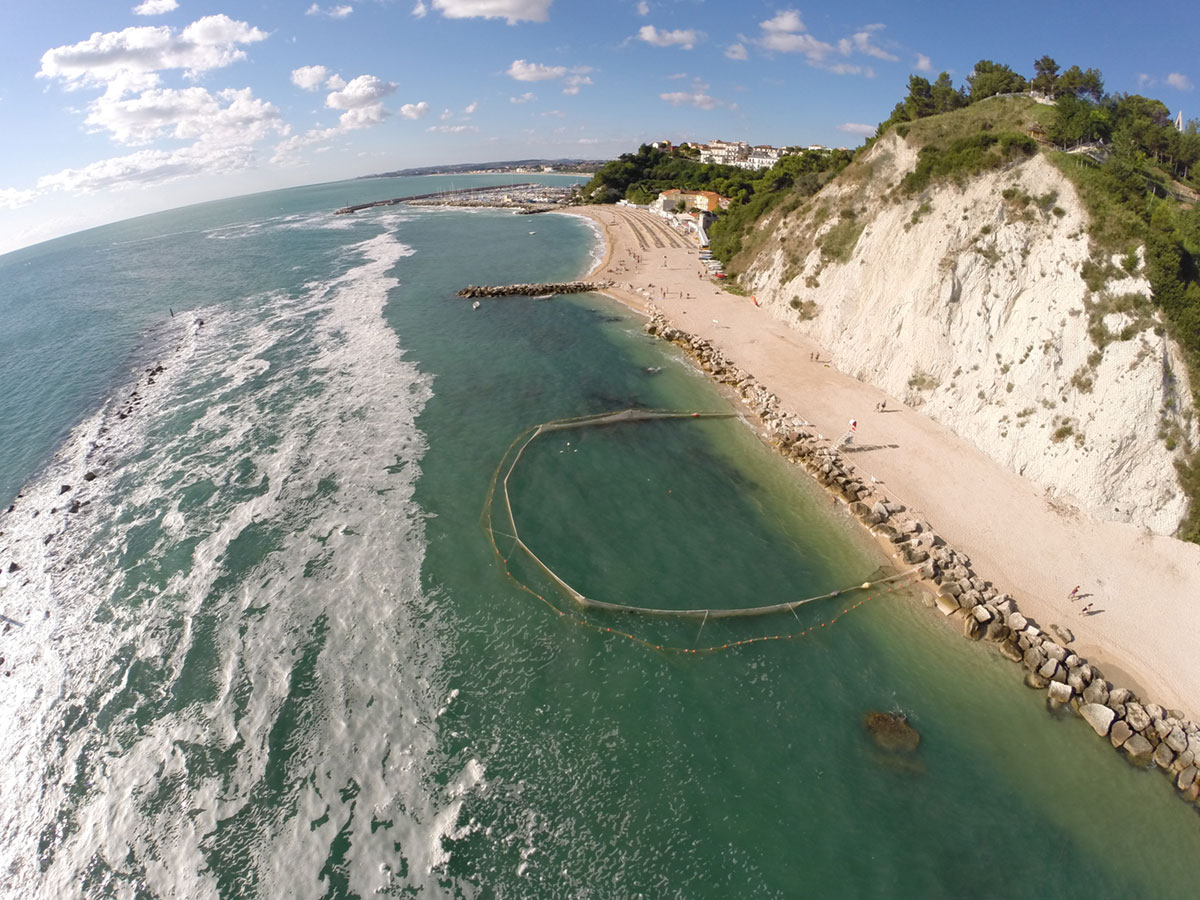Italian initiative helps prevent sea turtles from dying in fishing nets
TARTALIFE: REDUCING SEA TURTLE MORTALITY IN THE PROFESSIONAL FISHING INDUSTRY
Professional fishing is the main threat for the survival of marine turtles: every year about 130,000 turtles can be caught accidentally in the Mediterranean. The project TartaLife, involving all 15 Italian regions overlooking the Mediterranean Sea, aims at reducing bycatches caused by pelagic longline, bottom trawl and fixed nets by disseminating technical innovations of the fishing gears; and reducing post-capture mortality through trainings for fishermen and strengthening the marine turtles First Aid/Rescue Centres.

Recent estimates report that fishing activities are responsible for the incidental catch of about 130,000 marine turtles every year in the Mediterranean. Caused by longline (70,000), bottom trawl (40,000) and fixed net (ca.23,000), with over 40,000 estimated deaths; however, a more realistic number can be set at 200,000 catches and 70,000 deaths. Source: LifeAwards.eu
THE MAJOR THREATS TO SEA TURTLES
The impact of fishing activities is considered as the most important anthropogenic mortality factor for marine turtle populations in the Mediterranean Sea. The conservation of Caretta caretta, a priority species included in App. II/IV of the Habitat Directive and protected in various international Conventions, has been representing a strategic issue for the whole Mediterranean basin, with professional fishing being the main threat for the survival of marine turtles.
In the Mediterranean, surface longline, driftnet and bottom trawl nets operating in the Mediterranean are the major threats to the survival of this species, even if the impact of fixed gears (gillnets and trammel nets) should be carefully considered.
Recent estimates report that fishing activities are responsible for the incidental catch of about 130,000 marine turtles every year in the Mediterranean, caused by longline (70,000), bottom trawl (40,000) and fixed net (ca.23,000), with over 40,000 estimated deaths; official data do not include all existing boats and underestimate the number of small boats, mainly from North Africa countries: therefore, a more realistic number can be set at 200,000 catches and 70,000 deaths.
Source: Tartalife.eu

Surface longline, driftnet and bottom trawl nets operating in the Mediterranean are the major threats to the survival of this species. However, the impact of fixed gears (gillnets and trammel nets) should be carefully considered. Source: LifeAwards.eu
TARTALIFE’S APPROACH REDUCED THE NUMBER OF SEA TURTLES BEING CAUGHT BY UP TO 40%
As the Mediterranean Sea is the world’s most overfished sea, it also has the highest sea turtle by-catch rate. To reduce the numbers of sea turtles being caught up in fishing nets along 15 Italian coastal areas, TARTALIFE encouraged 1,290 local fishermen to use circular hooks instead of traditional sharper ones. This reduced the number of sea turtles being caught by up to 40%.
The team also used ultraviolet-LED lamps as a deterrent, collapsible fish pots to replace nets, and special turtle excluder devices, which stopped turtles from being accidentally captured. They also launched a ‘Turtle Safe’ quality certification for fishing vessels, and nearly one million tourists were targeted through 6 000 events, boosting awareness of the challenges the sea turtle faces.
Source: Tartalife.eu

The project TartaLife involves all 15 Italian regions overlooking the Mediterranean Sea. Source: LifeAwards.eu
A STEP IN THE RIGHT DIRECTION
While any bycatch is a terrible thing, the TartaLife project is definitely progress in the right direction. This has been recognised and the project was nominated for, and won, LIFE Awards 2021 LIFE Citizens’ Prize.
The LIFE programme is the EU’s funding instrument for the environment and climate action. Created in 1992, it has co-financed thousands of projects. The LIFE Awards recognise the most innovative, inspirational and effective LIFE projects in three categories: climate action, environment and nature protection.
To learn more about the Citizens’ Prize, click here. To learn more about the wider LIFE Programme, click here.
Taken from: BrightVibes.